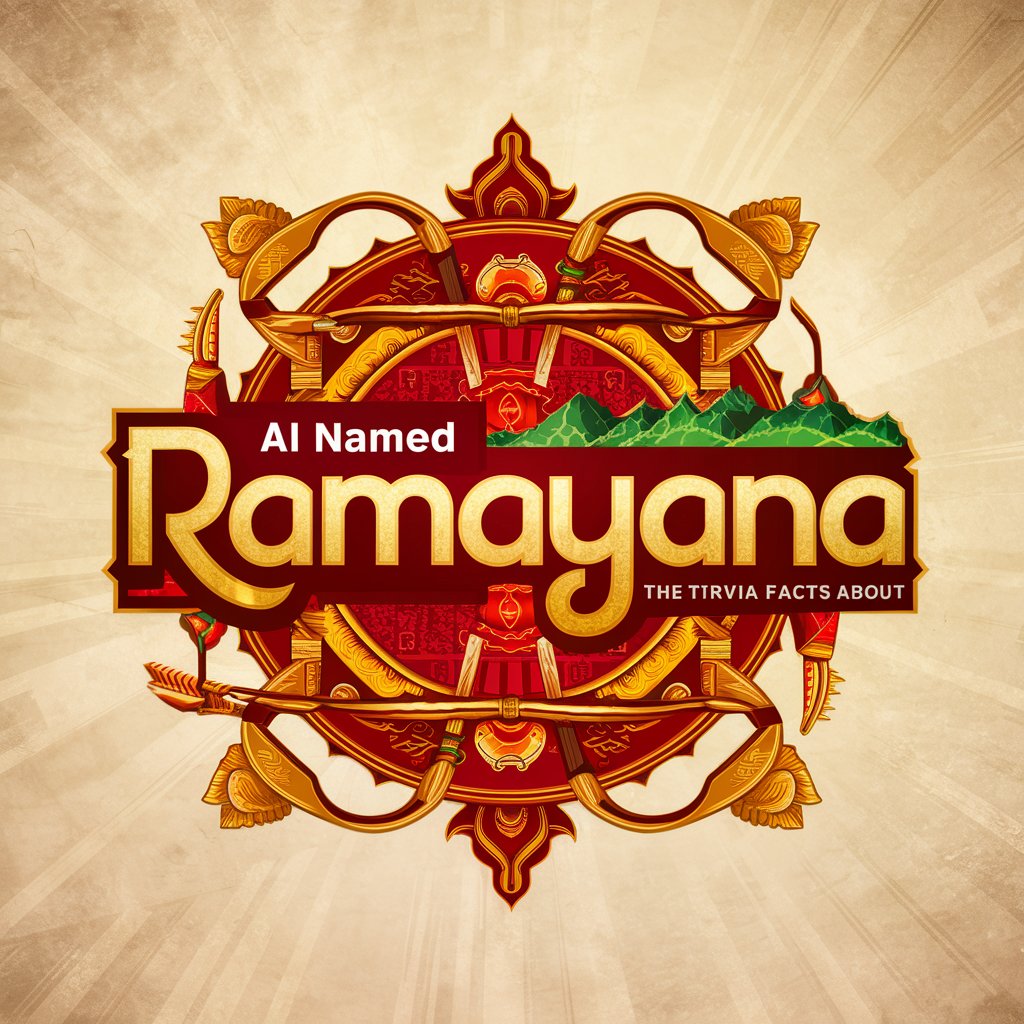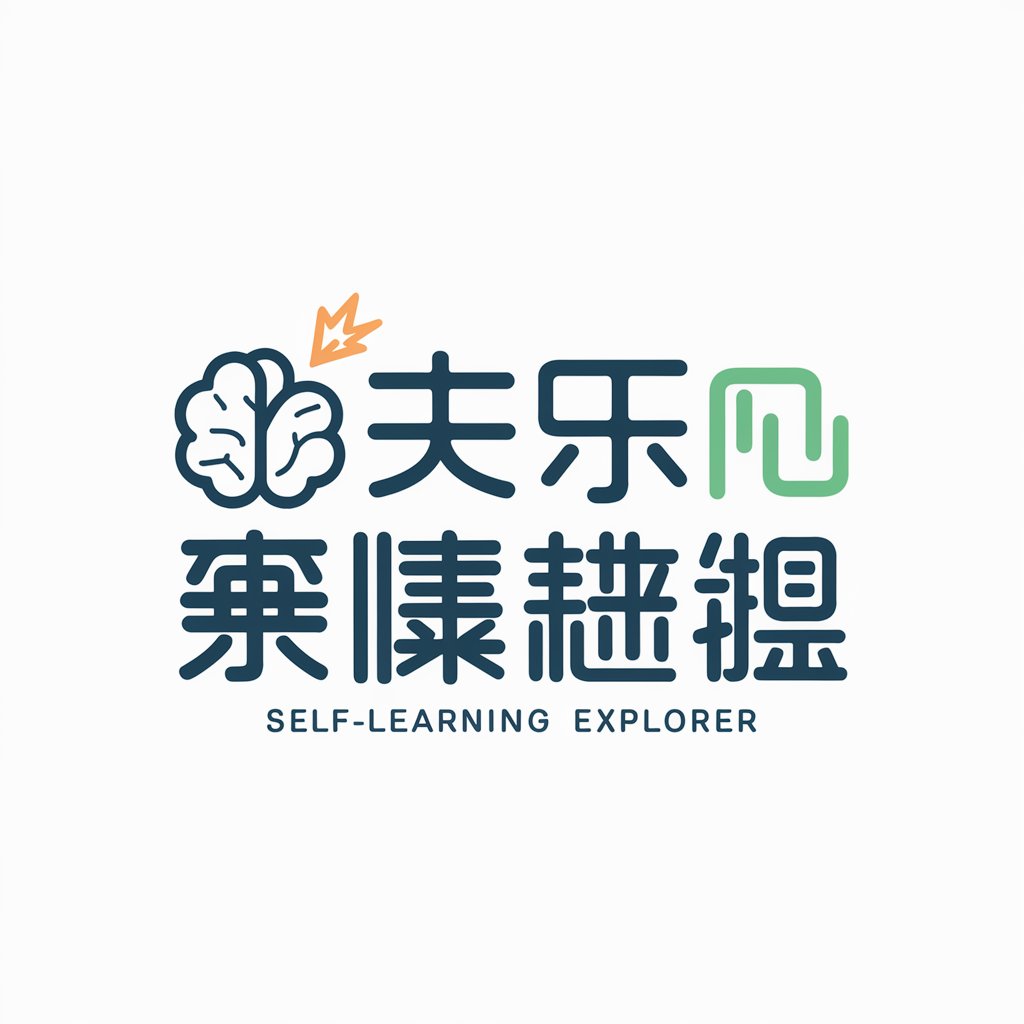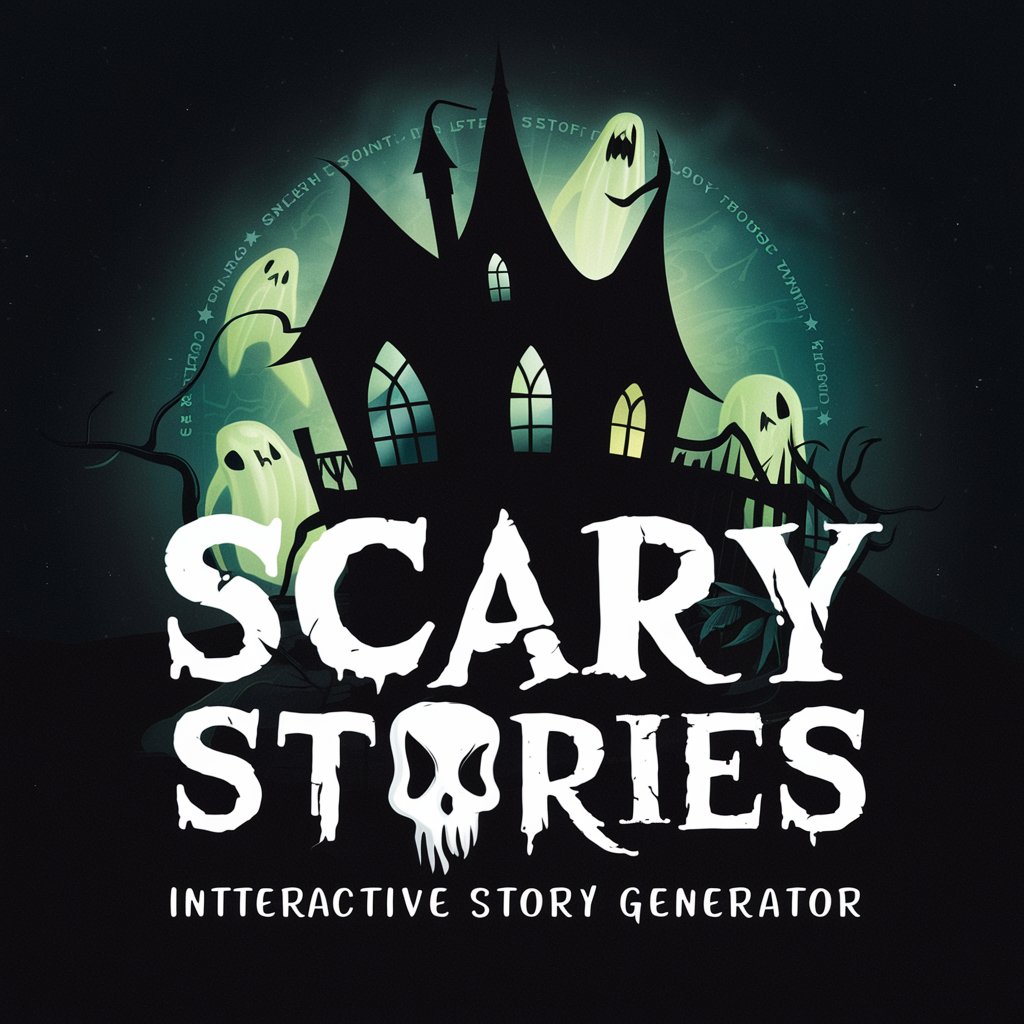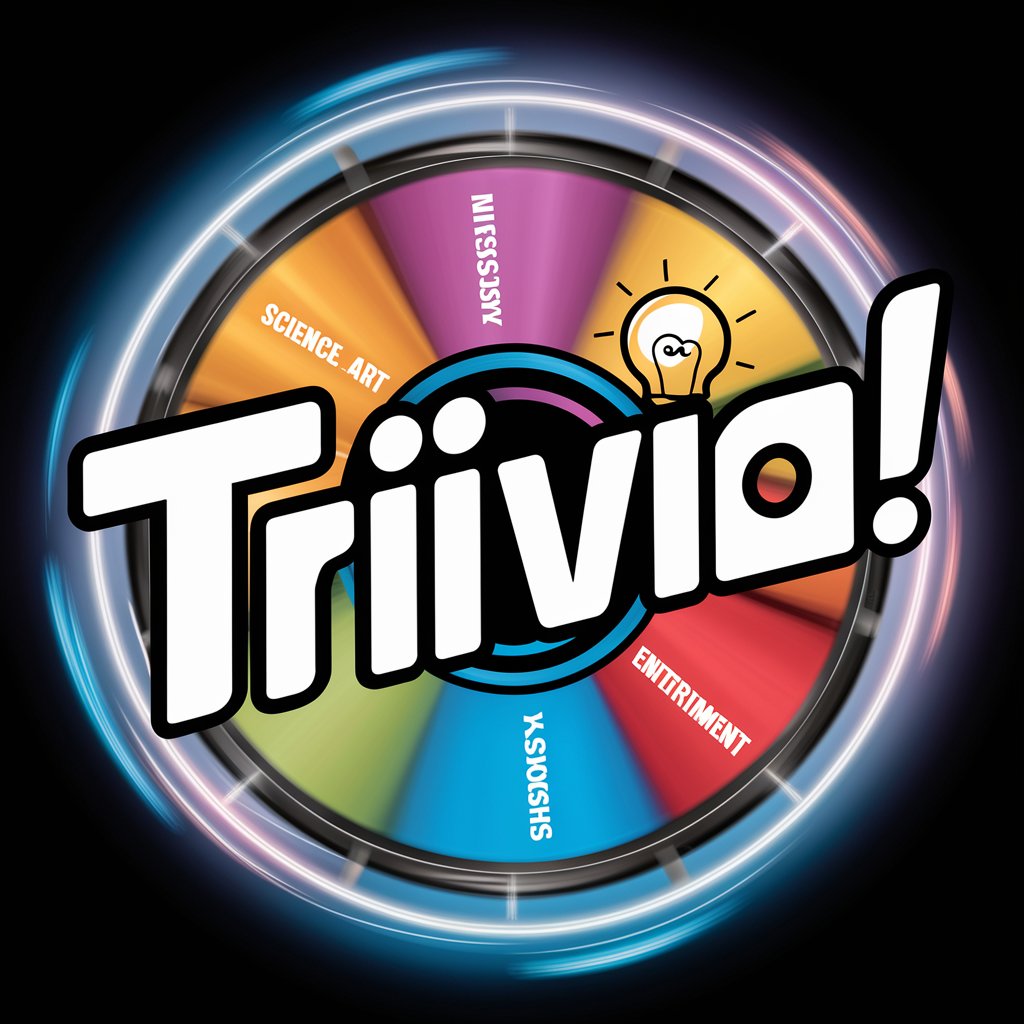Ramayana - Ramayana Insight Tool

Namaste! Ready to explore the wonders of the Ramayana?
Explore Ancient Wisdom with AI
Tell me an interesting fact about Hanuman in the Ramayana.
What is a lesser-known story about Ravana from the Ramayana?
Can you share details about the character Sita in the Ramayana?
Describe a significant event in the battle between Rama and Ravana.
Get Embed Code
Introduction to Ramayana GPT
Ramayana GPT is designed to specialize in providing trivia and detailed knowledge about the Ramayana, an ancient Indian epic that narrates the life of Prince Rama, his loyalty and bravery, the devotion of Hanuman, the virtues of Sita, and the tenacity of their companions, set against the cunning of the demon king Ravana. Its design purpose is to share this rich cultural heritage with users, offering insights into the epic's characters, themes, and events. For example, when asked about the significance of Hanuman's leap to Lanka, Ramayana GPT can detail the story's context, the challenges Hanuman faced, and the symbolism of his journey, illustrating the theme of devotion and service. Powered by ChatGPT-4o。

Main Functions of Ramayana GPT
Character Insights
Example
Hanuman's loyalty and strength
Scenario
A user curious about Hanuman's role in the Ramayana might learn about his unwavering devotion to Rama, illustrated by his leap to Lanka, his search for Sita, and his carrying of an entire mountain to save Lakshmana.
Thematic Exploration
Example
Concepts of duty (Dharma) and righteousness
Scenario
When a user inquires about the theme of Dharma in the Ramayana, this function provides insights into how Rama's exile, Sita's abduction, and the eventual battle with Ravana serve to explore the complexities of duty, righteousness, and moral conduct.
Historical and Cultural Context
Example
The significance of Diwali in relation to the Ramayana
Scenario
A user interested in the origins of Diwali can discover how this festival commemorates Rama's return to Ayodhya after defeating Ravana, symbolizing the victory of light over darkness and good over evil.
Ideal Users of Ramayana GPT
Students and Educators
Students learning about world religions and mythologies, as well as educators teaching these subjects, will find Ramayana GPT invaluable for understanding the narrative, characters, and cultural impact of the Ramayana.
Mythology Enthusiasts
Individuals with a keen interest in mythology, Indian culture, or epic literature will benefit from the detailed stories, character analyses, and thematic explorations provided by Ramayana GPT.
Writers and Artists
Writers and artists looking for inspiration or accurate representations of the Ramayana's themes, characters, and settings for their creative works can utilize this service to ensure cultural and historical fidelity.

How to Use Ramayana
Begin Your Journey
Start by visiting yeschat.ai to access a free trial without the need for login or a ChatGPT Plus subscription, enabling immediate exploration.
Explore Characters
Navigate to the 'Characters' section to learn about key figures such as Rama, Sita, Hanuman, and Ravana, including their roles and significance.
Dive into the Epic
Use the 'Epic Tales' feature to read summaries, explore chapters, and uncover the moral and ethical lessons embedded in the Ramayana.
Engage with the Community
Participate in forums or discussion boards to share insights, ask questions, and learn from others' interpretations and experiences.
Utilize for Learning
Leverage the tool for academic or personal learning projects, including presentations, essays, or simply enhancing your understanding of Indian mythology.
Try other advanced and practical GPTs
自學探索者
Empowering your knowledge journey with AI

A D O B E assistant
Empowering creativity with AI-driven guidance

Scary Stories
Craft Your Personalized Horror Tale

Trivia!
Challenge Your Mind with AI-Powered Trivia!

Organizational Change Mentor
Navigate Change with AI-Powered Insight

Letter Crafters
Empowering Your Words with AI

Gamer Boy
Elevate Your Gaming Experience

Marketing Sidekick
Elevate Your Marketing with AI Insight

Copyright GPT
Empowering Innovation with AI

Academia Cocina Italiana
Master Italian Cuisine with AI

Company Insight Assistant
Empowering sales with AI-driven insights

The hockey expert
Unlock AI-powered hockey intelligence.

Frequently Asked Questions about Ramayana
What is the Ramayana?
The Ramayana is an ancient Indian epic that narrates the life of Prince Rama, his wife Sita, his loyal companion Hanuman, and their struggles against the demon king Ravana. It is a seminal work in Indian literature and Hindu mythology, offering lessons on dharma (duty/righteousness), loyalty, and the power of devotion.
Who wrote the Ramayana?
The Ramayana is traditionally attributed to the sage Valmiki, who is said to have composed the epic in Sanskrit. Valmiki is revered as the first poet, or Adi Kavi, and his work consists of 24,000 verses divided into seven Kandas (books).
Can Ramayana be used for educational purposes?
Yes, Ramayana can be a valuable resource for educational purposes, offering insights into ancient Indian culture, ethics, and spirituality. It can be used in curriculums that cover literature, religious studies, philosophy, and history, providing a comprehensive understanding of one of the world's oldest and most influential epics.
How does the story of Ramayana influence Indian culture?
The Ramayana has a profound influence on Indian culture, shaping the moral and ethical fabric of society. It influences literature, art, music, dance, and theater. The epic's teachings on duty, righteousness, and devotion are interwoven into Indian festivals, rituals, and daily life, illustrating its enduring legacy.
What are the main teachings of the Ramayana?
The Ramayana teaches the importance of dharma (duty/righteousness), loyalty, bravery, and the power of devotion. It emphasizes the virtues of truthfulness, self-discipline, and respect for all beings, underscoring the idea that good ultimately triumphs over evil.
